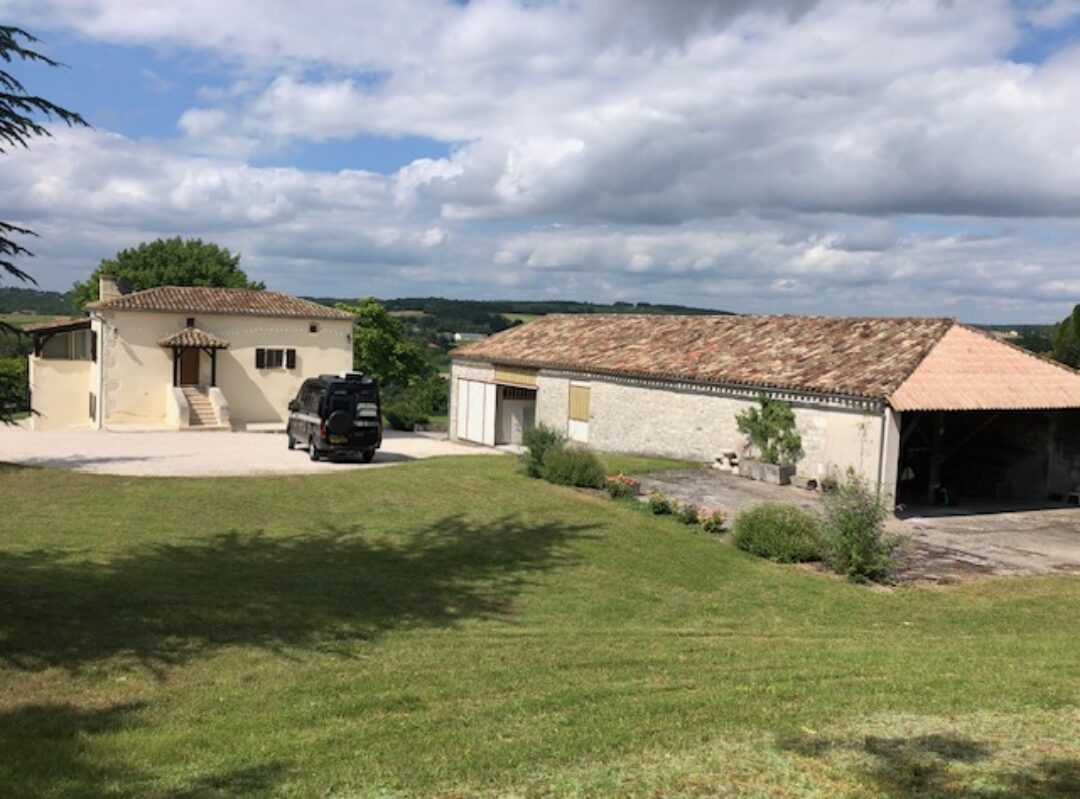The landscape in this region is very different to the areas we visited last year. No hilltop villages, indeed very few hills, and villages are few and far between. There is gentle rolling countryside with huge fields of wheat, maize and, occasionally, sunflowers as well as Limousin cattle. It’s definitely a very untouristy region – quiet roads with no brown signs and pictures at the side of the road directing you to or extolling the virtues of a nearby town, village or interesting site.
The second nearest town to us is Bellac, with its origins dating back to Middle Ages and the tanning industry. One of the notable features in the town is a 13th century stone arched bridge over the Vincou river on the peaceful lower level of the town – apparently one of the oldest medieval bridges in France and part of a trade route at that time.The elegant large houses in the old town are all in faded pastel hues that you’d pay a lot of money for at certain paint shops. Even some of the plainer houses have trompe l’oeil artwork to make them blend in better.
We visited on market day expecting the type of markets we’ve seen in larger towns. In fact it was a very local and low key market with only a few stalls, all standard food stalls, no doubt for weekend provisions. It highlights again that this is not a tourist destination.

A random fact for you as Joe kept mentioning the Limousin cloak and it’s links to the word limousine, so it warranted further research. And indeed the term limousine is derived from the Limousin region and the distinctive thick long hooded cloaks that locals have worn for centuries to keep out the weather when tending their animals. When new, luxurious cars were designed to drive around VIPs in luxury, only the passenger compartment was enclosed – the drivers were left in an open, though roofed, drivers’ seat. This open-sided roof resembled the hood of a Limousin cloak, hence the term limousine was born. Thank you Joe.



